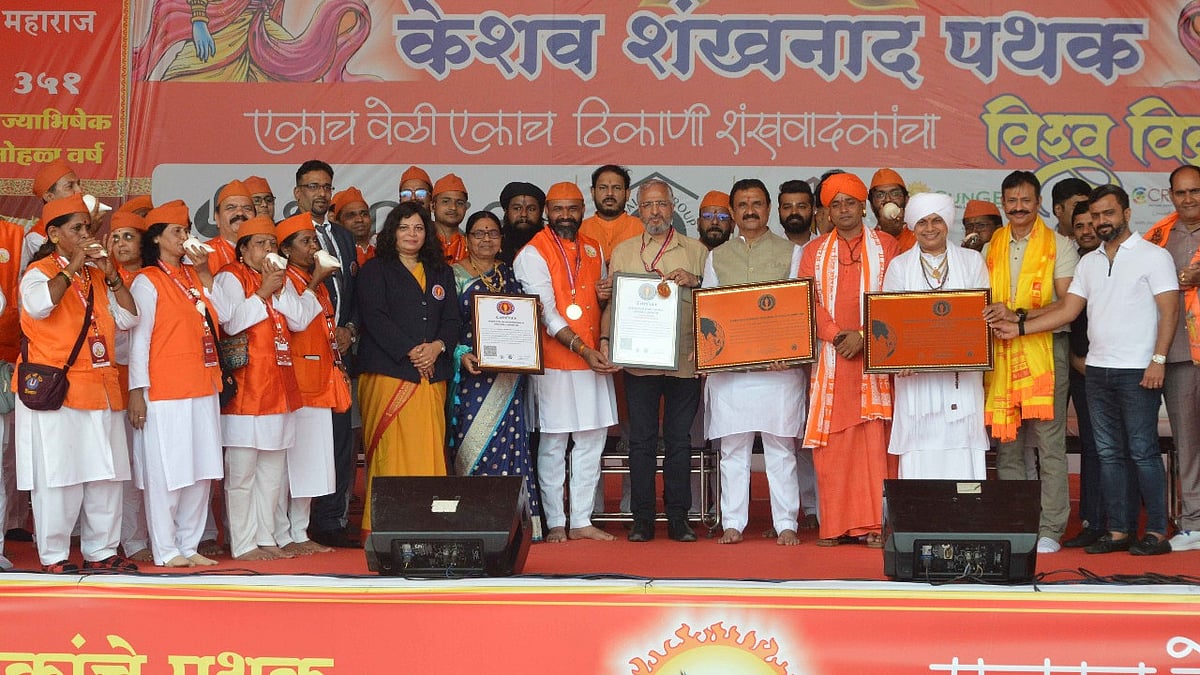Mumbai: As India faces rising tensions with Pakistan, particularly after the recent Pahalgam terror attack, the Indian stock markets have once again demonstrated remarkable resilience. Historical data reveals a consistent pattern: while short-term declines occur following geopolitical conflicts, Indian markets swiftly recover and show strong growth thereafter.
Historical Examples of Market Resilience
One notable instance is the 2019 Balakot airstrike. Despite an initial dip in the markets—Sensex fell 239 points and Nifty 44 points after the attack—investor confidence quickly restored, and the Sensex rebounded the next day, gaining 165 points. Similarly, after the Pulwama attack, markets reacted minimally, with only a 0.2 per cent decline.
The Uri surgical strikes in 2016 also caused a sharp initial fall, with the Sensex dropping about 400 points, but the markets soon bounced back, continuing their growth trajectory. During the 26/11 Mumbai attacks, in 2008, markets surprised analysts by gaining nearly 400 points on the Sensex and 100 points on the Nifty.
India’s Economic Resilience During Conflicts
Even during the 1999 Kargil war, when the nation was engaged in a prolonged conflict, the Sensex surged by over 1,100 points, and the Nifty gained more than 300 points. These instances highlight the Indian market’s ability to not only weather short-term shocks but also thrive in the face of long-term geopolitical uncertainty.

Current Market Trends
On Monday, the Sensex surged by 1,000 points, and the Nifty rose by 300 points, demonstrating continued investor confidence despite heightened geopolitical concerns.












